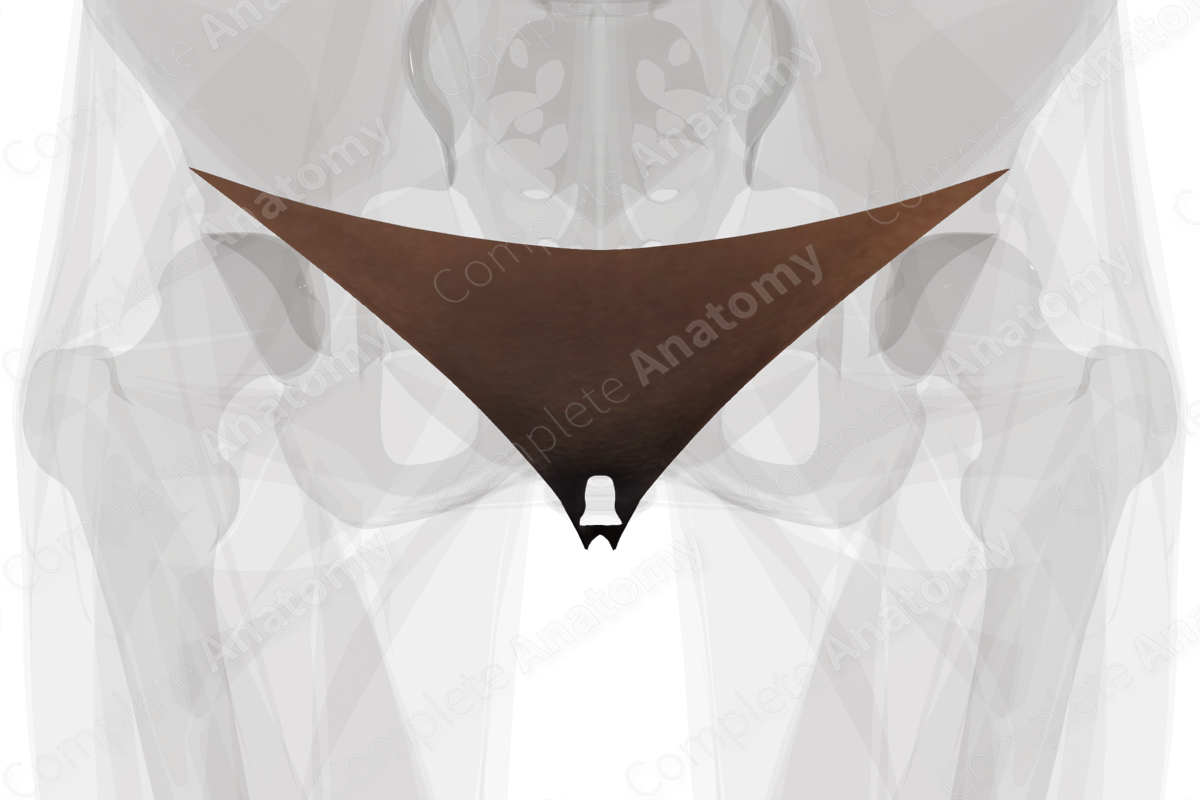
Arrangement
The skin is the largest organ in the human body accounting for almost 15% of its weight. It covers the entire external surface of the body and is continuous with the mucosae of the digestive, respiratory and urogenital tracts. The thickness of the skin varies greatly from 1.5 to 5mm, depending on its location (Standring, 2016).
The skin consists of three layers including the superficial epidermis, the dermis in the middle and the deep subcutaneous tissue.
- The epidermis is an epithelial tissue layer that undergoes constant renewal throughout life, mediated by a stem cell population within it. It mainly consists of keratinized stratified squamous epithelium.
- The dermis lies beneath the epidermis. It is a dense connective tissue that provides strength to the skin through a diffuse interwoven orientation of collagen and elastic fibers throughout it. It is in the dermis where the skin receives its neurovascular supplies. The dermis comprises of two sub-layers, namely a superficial papillary layer and a deeper reticular layer.
- The subcutaneous tissue is the deepest layer that is composed of a loose connective tissue with variable amounts of adipose cells interspersed (Ross and Pawlina, 2006).
There are two main types of skin:
- thick, hairless (glabrous) skin, which is found on the soles of feet, palms of the hands and flexor surfaces of the digits;
- thin, hairy skin that covers the largest area of the body.
Related parts of the anatomy
Function
The skin functions as a barrier against the external environment, such as harmful microbial organisms and damage from mechanical, chemical, thermal, and UV stimuli. The skin also performs an important endocrine function, such as Vitamin D formation and synthesis of cytokines and growth factors. The skin also plays a role in excretion, through the secretion of sweat and sebum. In addition, the skin is important in maintaining homeostasis by controlling the body's temperature and water loss. The various sensory receptors located inside the skin make it an important organ for receiving sensory information from the external environment.
References
Ross, M. H. and Pawlina, W. (2006) Histology: A text and atlas. Lippincott Williams & Wilkins.
Standring, S. (2016) Gray's Anatomy: The Anatomical Basis of Clinical Practice. Gray's Anatomy Series: Elsevier Limited.




